
A man with autistic disorder and a savant syndrome overcomes bias and discrimination by the society and becomes a paediatrician by utilizing his exceptional abilities that the disorder brings.

At 14 years old, Yoo Se-yoon began to act strange blurting out nonsensical phrases and ekeing out bizarre, repetitive body motions. And although the behaviors faded with time, the terrible memory of the abnormal phase remains etched in the minds of his friends and family. Years later, Se-yoon has built a successful comedic career and a family of his own. But the unknowable thing that plagued him long ago is starting to return.
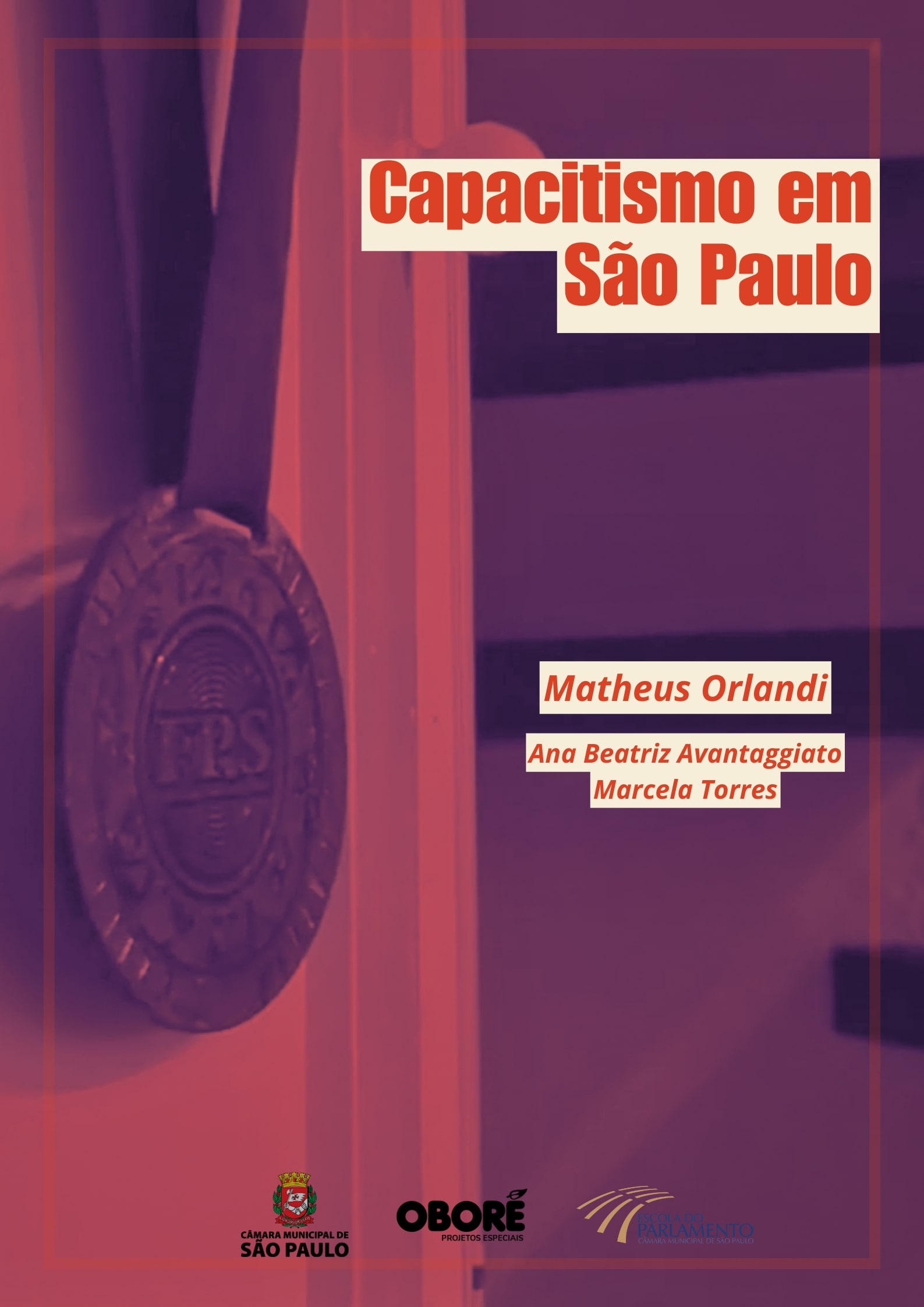
Through intimate stories and day-to-day routines we get a naturalistic glimpse into the lives of individuals with disabilities in the bustling urban landscape of São Paulo. The film captures personal moments and how modern societies confront (or fail to confront) ableism and inclusion.

A look inside the cluttered life of hoarders. Across the UK thousands of us live our lives surrounded by too much stuff, and all that chaos could be hiding potential money makers! The average household has over three thousand pounds of saleable goods. Hoarders SOS will offer help to people living in cluttered homes and advice on how to make money from their potential goldmine while freeing up some much-needed space. Our experts will dispense top tips and invaluable advice to the 'hoarders' on what is worth selling, what they should keep hold of and those items which should have been thrown away years ago.
Aggie MacKenzie exposes the rise for storage units and look at different couples who suffering because they have too many possessions. They are challenged to sort through their belongings and say goodbye to things with no value and turn their collectibles into money.

Mitsuo Ichikawa reconnects with his former schoolmate and mentor, only to discover he's a thug and a murderer. Instead of distancing themselves, they forge a new alliance.
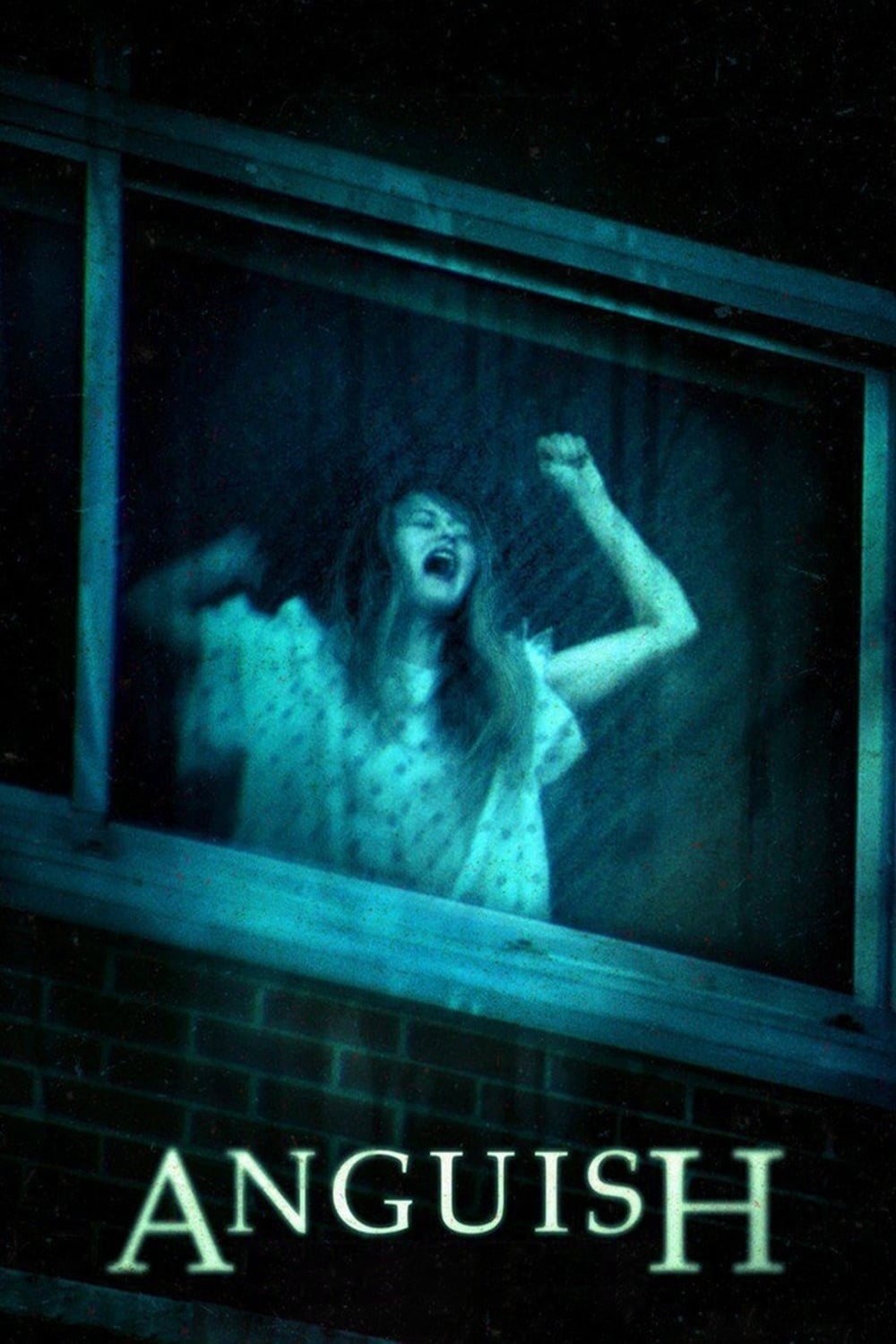
A new girl in a quiet town, Tess tries to manage her psychosis while adjusting to her new life with her mom. After stumbling upon the shrine of Lucy, a hit and run victim, Tess finds herself overwhelmed by hallucinations of the dead girl and starts to question her sanity again. When the spirit possesses Tess’s mind and soul, mother and daughter are at a loss for where to turn next for salvation: religion or medicine? Both institutions have failed them to date but faith leads them to the house of Sarah, Lucy’s mother, who has been despondent since the accident. All together with time working against them, Sarah is desperate to believe that Lucy is still alive in Tess but neither parent wants to give up on their daughter. Now that she understands what is happening to her, ultimately Tess must decide whether she wants to keep fighting or succumb to her affliction.
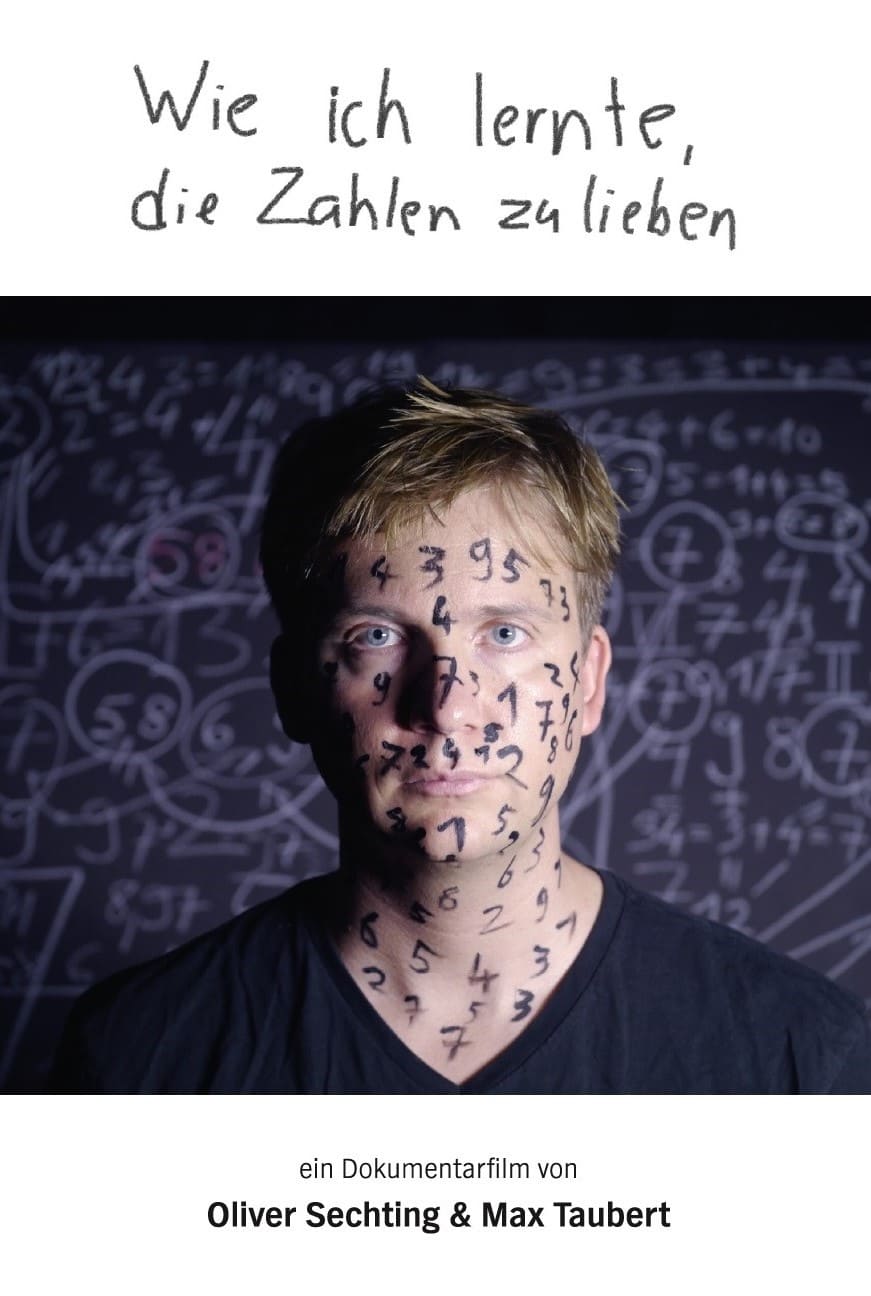
How I Learned to Love the Numbers is a New York film and at the same time the study of a young man suffering from an obsessive-compulsive disorder (OCD). The Berlin filmmaker Oliver Sechting (37) and his co-director Max Taubert (23) travel to New York with the idea of documenting the art scene there. However, the project is quickly overshadowed by Oliver's OCD, and the two directors fall prey to a conflict that becomes the central theme of their film. Encounters with such artists as film directors Tom Tykwer (Cloud Atlas), Ira Sachs (Keep The Lights On), and Jonathan Caouette (Tarnation) or the transmedia artist Phoebe Legere seem more and more to resemble therapy sessions. At last, Andy Warhol-Superstar Ultra Violet succeeds in opening a new door for Oliver.
It follows a manic-depressive author called Andrew Gony. The movie shows Andrew in both mental stages, to visualize that the split screen is used, on the left side you see the manic Andrew and at the same time on the right side you can see the depressive Andrew, and how he reacts to different events in both phases. Both sides have different things to deal with, the manic Andrew has lots of energy and ideas, he doesn't require much sleep and in order to deal with his overage of energy he runs, the depressive Andrew is suffering from insomnia, is uncreative, non productive and in battle with his inner self.

Due to a genetic disorder, handsome librarian Henry DeTamble involuntarily zips through time, appearing at various moments in the life of his true love, the beautiful artist Clare Abshire.

Skeeter Bronson is a down-on-his-luck guy who's always telling bedtime stories to his niece and nephew. But his life is turned upside down when the fantastical stories he makes up for entertainment inexplicably turn into reality. Can a bewildered Skeeter manage his own unruly fantasies now that the outrageous characters and situations from his mind have morphed into actual people and events?
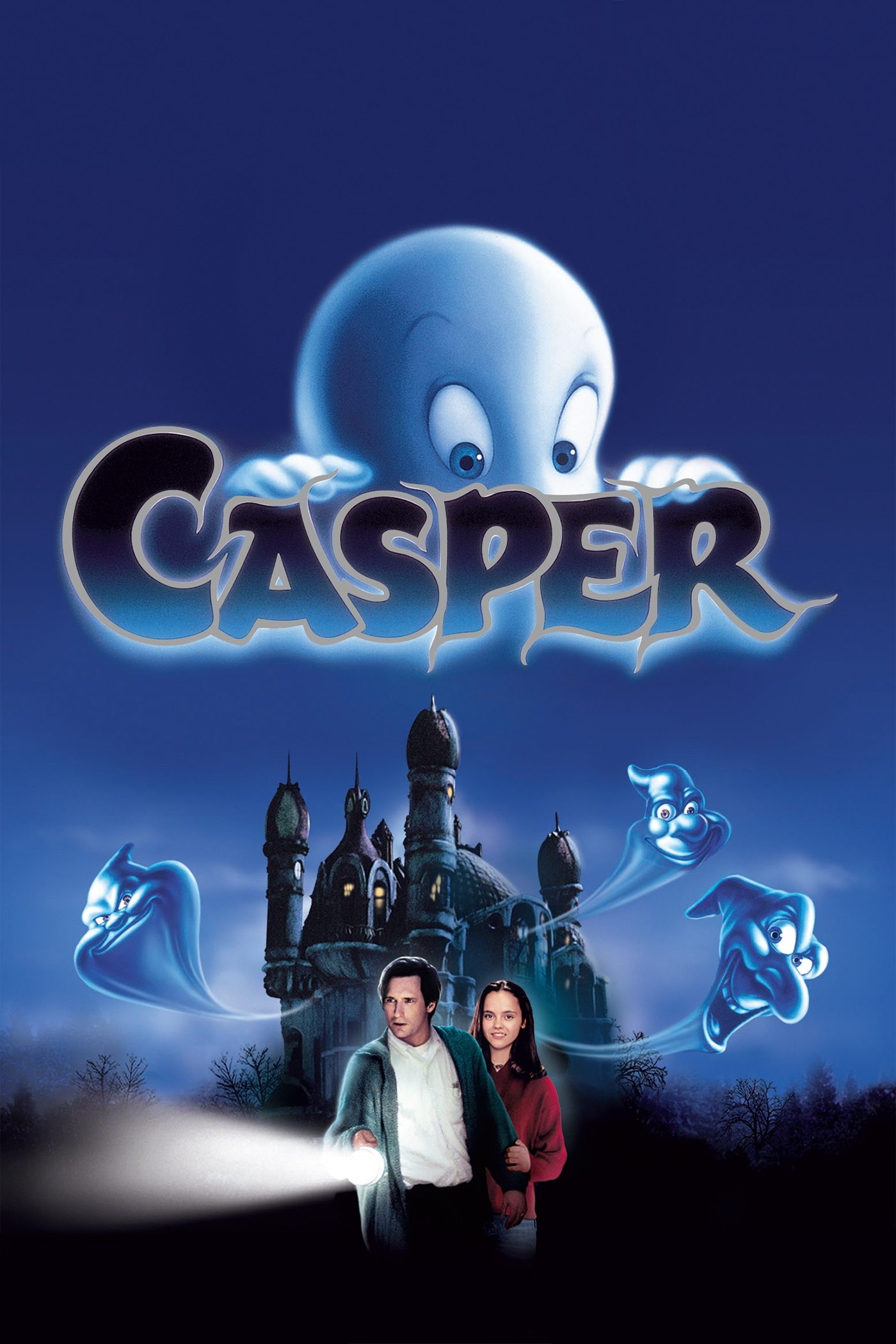
Casper is a kind young ghost who peacefully haunts a mansion in Maine. When specialist James Harvey arrives to communicate with Casper and his fellow spirits, he brings along his teenage daughter, Kat. Casper quickly falls in love with Kat, but their budding relationship is complicated not only by his transparent state, but also by his troublemaking apparition uncles and their mischievous antics.
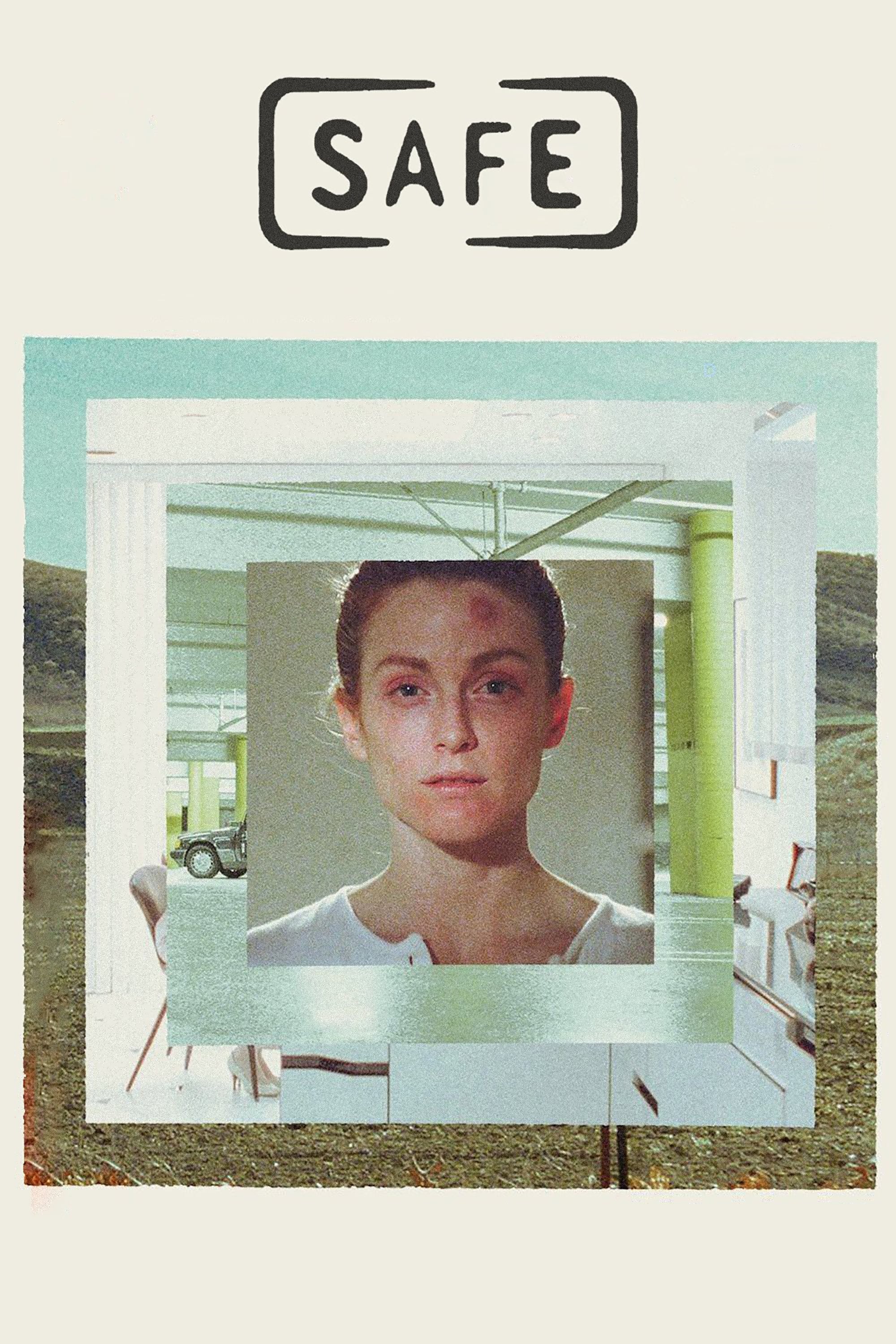
Carol White, a Los Angeles housewife in the late 1980s, comes down with a debilitating illness with no clear diagnosis.
By browsing this website, you accept our cookies policy.